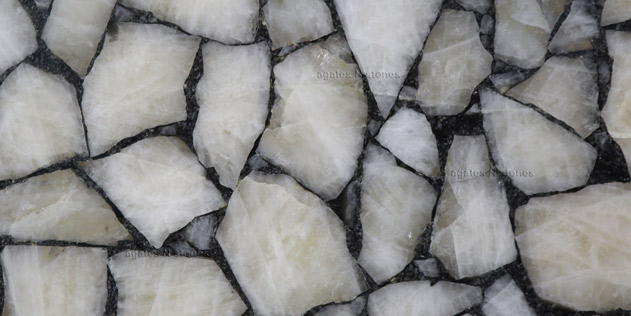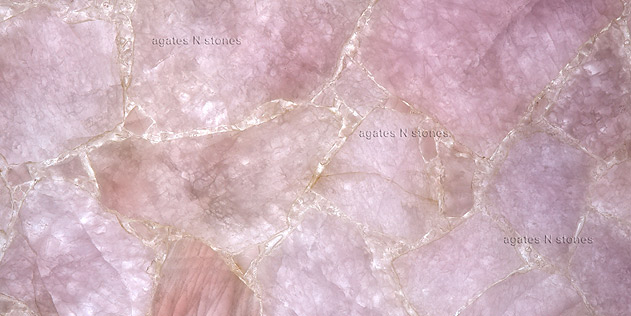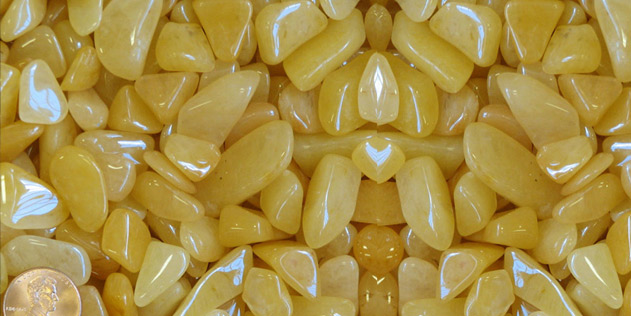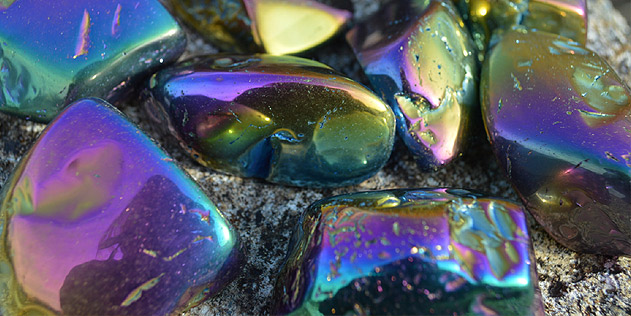Quartz
Quartz is one of the most well-known minerals on earth. It occurs in basically all mineral environments, and is the important constituent of many rocks. Quartz is also the most varied of all minerals, occurring in all different forms, habits, and colors. There are more variety names given to Quartz than any other mineral. Although the Feldspars as a group are more prevalent than Quartz, as an individual mineral Quartz is the most common mineral.
Some forms of Quartz, especially the gemstone forms, have their color enhanced. Almost all forms of the yellow-brown variety Citrine are in fact heat treated. Much Amethyst is also heat treated to intensify color, and a green transparent form known as “Green Amethyst” or “Prasiolite” is formed by heat treating certain types of Amethyst. There is also a transparent sky blue form of Quartz crystals, as well as a wildly iridescent type that are synthetically colored by irradiation of gold. In some localities, Hematite forms a thin red or brown layer internally in the Quartz crystal, giving it a natural bright red to brown coloring, and sometimes even a mild natural iridescence.
The ability to convert voltage to and from mechanical stress is called piezoelectricity. Quartz crystals maintain a precise frequency standard, which helps to regulate the movement of a watch or clock, thus making the timepieces very accurate.
Quartz is the second most abundant mineral in Earth’s continental crust, after feldspar. Its crystal structure is a continuous framework of SiO4 silicon–oxygen tetrahedra, with each oxygen being shared between two tetrahedra, giving an overall chemical formula of SiO2.





